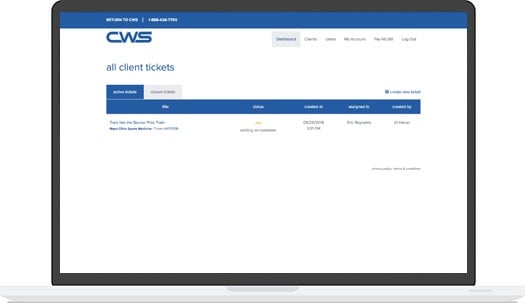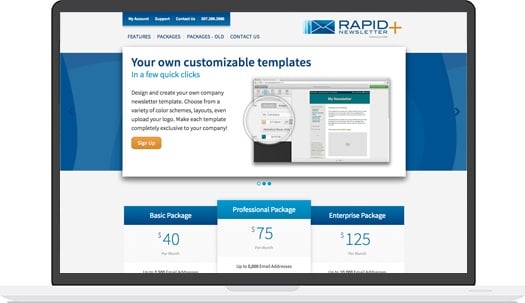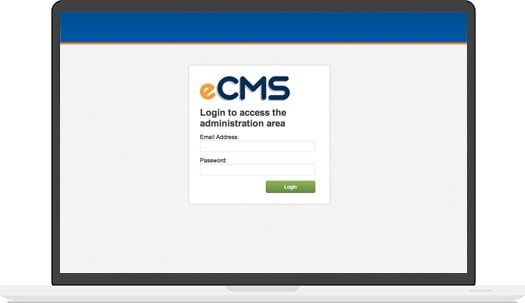Many people think of design in purely visual terms. This kind of thinking can influence everything from the kind of car we buy to the food we eat. We're attracted by things that look good, and style is, in fact, an important component of good design. But it's not the whole picture.
A great-looking car with critical safety issues would not be well designed. Nor would an innovative packaging system that didn't keep food fresh. Good design not only means that something looks good, but that it performs well, that it's efficient and that it's reliable.
 I have an ice cream scoop that fits this description perfectly. Designed by Michael Graves, it's heavy and solid, making perfectly round scoops even when the dessert is solidly frozen, and its polished surface never sticks. It's also ergonomic and durable -- a simple product that does its job well. Nothing complicated.
I have an ice cream scoop that fits this description perfectly. Designed by Michael Graves, it's heavy and solid, making perfectly round scoops even when the dessert is solidly frozen, and its polished surface never sticks. It's also ergonomic and durable -- a simple product that does its job well. Nothing complicated.
When it comes to the Web, one aspect of good design that's often overlooked is writing. And yet the content of your site is what will ultimately make it succeed or fail as a business tool. Visual presentation is important -- to establish credibility, as an expression of your brand, and to give appropriate structure to your content -- but the content itself is fundamental.
Unfortunately, many people write website content as an afterthought. It doesn't have to be complicated -- indeed, it shouldn't be, as people read more slowly on screen than on paper -- but it ought to be thoughtfully considered as a core component of design.
In general, writing for the Web should be:
- Clear and brief. People who use the Web a lot get in the habit of moving quickly and don't like to read lengthy texts (with a few exceptions). Help them learn what they need to know with minimal effort.
- Correct. English isn't everyone's field of expertise, but we all know someone who's good at it. Have your content proofread, because errors will both undermine your credibility as a professional and lengthen the time required to understand the material.
- Well organized. Judicious use of headings, bold text and lists makes it easier for both humans and search engines to capture the essential points on a page.
- User-centric. Address the questions that your visitors are asking, rather than just telling them what you want them to hear. Use the kind of language they use, not industry jargon (unless your audience is likely to be using such niche terms when searching).
When you undertake a website project, consider the total package. Don't hire anyone who is just an artist, a programmer, or a businessperson. It takes attention to detail in every area to make a product that's truly well designed, whether the end result is as simple as an ice cream scoop or as complex as a building.

.jpg?t=1533315998368) How-To Articles
How-To Articles Support Portal
Support Portal Webmail
Webmail Rapid Newsletter+
Rapid Newsletter+ eCMS
eCMS

 Our content team is made up of thought leaders, strategists, and content creators who have more than 70 years of combined experience. With a wide variety of backgrounds as entrepreneurs, marketing gurus, healthcare associates, as well as plenty of experience in other industries, we help grow businesses with our relevant, trusted, and helpful resources.
Our content team is made up of thought leaders, strategists, and content creators who have more than 70 years of combined experience. With a wide variety of backgrounds as entrepreneurs, marketing gurus, healthcare associates, as well as plenty of experience in other industries, we help grow businesses with our relevant, trusted, and helpful resources.
